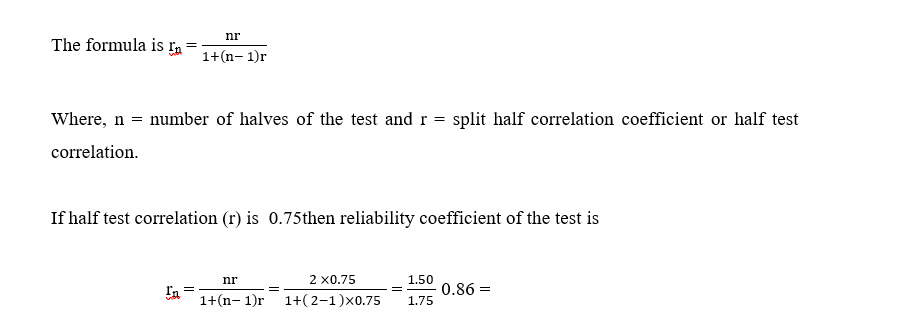Student Contributors: Ankita Mallick & Manidipa Roy, B.Tech. Biotechnology, 2nd Year
Appreciation of biology against COVID-19:
COVID-19 highlighted the importance of biology in the field of biotechnology. It’s amazing to see how biotech companies of all sizes have put aside their primary products to shift and try to tackle coronavirus from all different angles, from therapeutics and antivirals to new types of diagnostic kits. In the current scenario, Biotechnologists are all trying to think through this COVID problem from their vantage point and seeing how quickly they can reduce this global issue by choosing an appropriate platform and switch it up to hopefully make it successful against this global pandemic disaster. One of the recent findings is the discovery of some biomarkers and their use in understanding the disease perfectly.
Biomarkers Helping to understand the mortality of COVID-19 patients:
- The increasing rate of COVID-19 cases forced healthcare systems globally to make an early clinical set-up that can reduce the world’s mortality rate to some extent. Based on this pressure, the Wuhan region of China collected 485 blood samples from the positive COVID-19 patients, in search of active biomarkers that can predict the mortality rate for an infected person. Following this task, clinical machine tools confirmed three crucial biomarkers that primarily can give a clear idea of the mortality rate with an appropriate 90% fine accuracy. These three biomarkers include Lactate dehydrogenase (LDH), lymphocyte, and high-sensitivity-C Reactive protein (hs-CRP).
- The increased amount of LDH alone play a major role that can differentiate those case that requires quick clinical importance. It has been fascinating to note that this high extent of LDH level could be correlated with high levels of tissue damages and breakdown and this is also evident in many different diseases, one of them includes pulmonary disorders such as pneumonia. Algorithms based mathematical machine model was developed for the identification purposes of these biomarkers.
- For the sharpness of idiopathic pulmonary fibrosis, serum LDH plays a crucial role as a biomarker. Hence the high measure of LDH indicates lung injury & is the most significant primary marker for pulmonary interstitial diseased patients. So, the rise in LDH range correlates with the seriousness of infection in COVID-19 patients, give a clear sign of lung injury as well as indicating mortality rate at risk.
- The second biomarker is hs-CRP. The high extent of hs-CRP serves as a marker for poor clinical outlook in case of acute respiratory distress syndrome, which highlights the continual state of inflammation. Following this state of inflammation, the result is large grey-white lesions appear in the lungs of COVID-19 patients. A higher quantity of gummed secretion had also been noticed in the tissue section that over flooded from the alveoli.
- Lastly, the third biomarker lymphocytes can be used as a possible choice for healing or therapeutic purposes. Clinical studies give evidence to this hypothesis. COVID-19 patients are also frequently associated with lymphopenia, which is a major risk in the case of mortality. The persistent state of lymphopenia seen in SARS-CoV-2 and also in MERS-CoV patients, due to the infiltration of lymphocytes caused by the injured alveolar epithelial cells. The most significant feature of COVID-19 is lymphopenia which is also associated with decreased count of CD4 & CD8T cells. So, in the prediction of mortality rate, lymphocytes again could play a significant role in determining the course of these particular diseases. Thus, researchers keen to take this area for further scientific investigation.
So, it can be concluded that these three specific biomarkers could be useful to predict the course of COVID-19 infection and also the associated medical complications in seriously ill patients. Thus, these clinical markers have proven to be helpful to enable the health care systems of go for early detection of the mortality rate of every single COVID-19 patient, so based on that the higher risk group can be identified easily and quickly for immediate medical attention, which in turn can decrease the rate of mortality among individuals.











